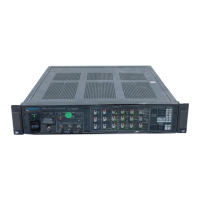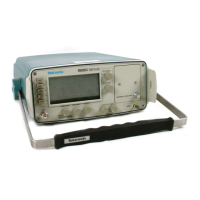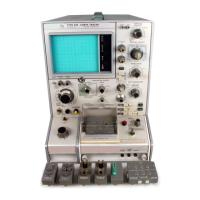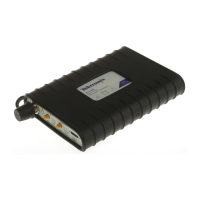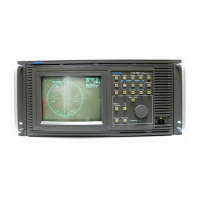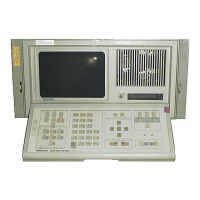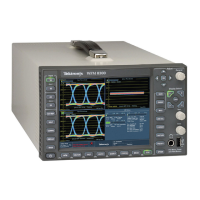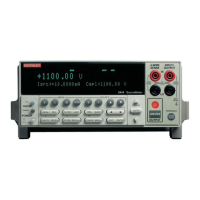Checks and Adjustments
1720/1721
5–5
Performance Check Procedure Short-Form Reference
The short-form reference table is intended for those who are familiar with the
complete Performance Check procedure. Step and page numbers provide easy
cross-reference to the long-form procedure on the following pages.
Table 5–1: Performance Check Procedure Short-Form Reference
Step # Step Name Step Requirement Page #
1 Preliminary Setup Initial equipment connections and control settings. 5–6
2 Check Power Supply Operation Stable operation over an ac input range of 90 - 250 V. 5–6
3 Check Synchronization Stable display with composite video or black burst with 40 IRE
(300 mV PAL and PAL-M) sync ±6 dB.
5–6
4 Check Demodulator Channel Bandwidth Upper –3 dB point: F
SC
+(400 kHz to 600 kHz). Lower –3 dB
point: F
SC
–(400 kHz to 600 kHz).
5–7
5 Check Color Bar Decoding Accuracy Vector Phase accuracy within ±1.25°. Vector Gain accuracy
typically within ±1.25 IRE (NTSC or PAL-M) or ±2.5% (PAL).
5–8
6 Check Subcarrier Regenerator Performance Pull in range: F
SC
±50 Hz (±10 Hz for PAL or PAL-M). Pull-in
time less than 1 second. Phase shift at these frequency offsets
is within ±2°. Phase shift with ±6 dB burst amplitude within
±2°.
5–9
7 Check Phase Accuracy Phase shift with signal input channel change less than 0.5°.
Phase shift with +3 to –6 dB VAR GAIN change: less than 1°.
Burst jitter: less than 0.5°.
5–9
8 Check Amplifier Linearity Differential Phase: v 1°, Differential Gain: v 1%, (Measured
with a 140 IRE (1 V PAL) linearity signal (5–step, 10–step, or
ramp) with a 40 IRE (300 mV PAL) subcarrier.
5–10
9 Check Chrominance Vector Clamp Performance Clamp stability: 1/64” (0.4 mm) or less center dot movement as
the PHASE control is rotated throughout its range. Position
Control range: at least 1/4” (6 mm) from the center at either
limit.
5–11
10 Check Variable Gain Input subcarrier signals between 29.5 IRE and 147 IRE (0.210
and 1.05 V for PAL and PAL-M) can be adjusted to the burst
amplitude.
5–11
11 Check Return Loss Return loss for each input: at least 40 dB from 50 kHz to 6 MHz
(instrument on or off, input in use or not, for any deflection factor
setting).
5–12
12 Check Trace Rotation Range Range greater than ±1° from horizontal. 5–13
13 Check XY Input Phase Matching Less than a trace width of separation at 100 kHz. 5–14
14 Check XY Frequency Response The –3 dB point at 500 kHz or greater in standard mode;
100 kHz or more in High Gain mode.
5–15
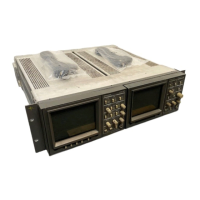
